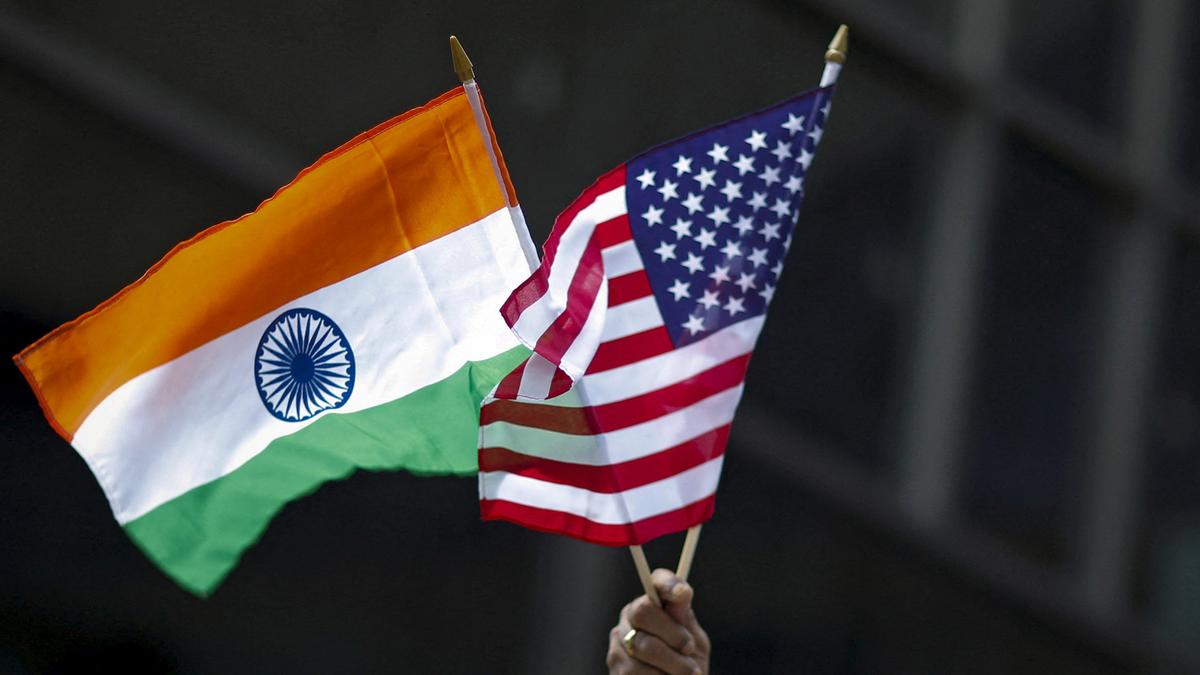India–U.S. Underwater Domain Awareness Cooperation

- 20 Feb 2025
In News:
India and the United States have deepened their defense partnership by launching the Autonomous Systems Industry Alliance (ASIA), a landmark initiative focused on co-producing Underwater Domain Awareness (UDA) technologies in India.
Understanding Underwater Domain Awareness (UDA)
- UDA refers to the ability to monitor, detect, and evaluate activities beneath the surface of oceans and seas. It plays a vital role in ensuring maritime security, enabling anti-submarine warfare (ASW), managing marine resources, responding to disasters, and protecting the underwater environment.
- In the backdrop of China’s rapid naval expansion and its increasing footprint in the Indian Ocean Region (IOR), enhancing UDA has become imperative for India, both at the bilateral level and as part of the Quad framework (India, U.S., Japan, and Australia).
Strategic Significance and Geopolitical Relevance
The UDA collaboration marks a significant step in Indo-U.S. strategic relations. As the maritime domain becomes increasingly contested, especially in the Indo-Pacific, India’s need for robust submarine detection, surveillance, and underwater intelligence capabilities has become critical. The joint initiative aligns with broader strategic goals such as:
- Enhancing Quad cooperation to maintain a free, open, and secure Indo-Pacific.
- Countering threats arising from Chinese submarine activities and naval assertiveness.
- Enabling shared maritime patrols and airlift capacity for disaster response across the region.
Key Technologies Identified for Co-Production
Several high-end underwater surveillance systems have been identified for co-production or co-development in India under the ASIA framework:
- Sea Picket: An autonomous sonar surveillance platform developed by Thayer Mahan.
- Wave Glider Unmanned Surface Vehicles (USVs): Discussions are underway between Boeing’s Liquid Robotics and Sagar Defence Engineering for the co-production of 60 platforms in India.
- Low-Frequency Active Towed Sonar: Negotiations involve L3 Harris and Bharat Electronics Limited (BEL) for co-development.
- Multistatic Active (MSA) Sonobuoys: A sophisticated submarine-tracking technology, to be co-produced in India by Ultra Maritime and Bharat Dynamics Limited (BDL), with a production line expected by 2027.
- Large-Diameter Autonomous Undersea Vehicles: Produced by Anduril, these offer deep-sea monitoring capabilities.
- Triton Autonomous Underwater and Surface Vehicle: Developed by Ocean Aero, integrates underwater and surface operations.
Existing and Emerging ASW Platforms
India’s anti-submarine warfare capabilities have already been bolstered through U.S. defense acquisitions, including:
- 12 P-8I Poseidon maritime patrol aircraft currently in service.
- 24 MH-60R Multi-Role Helicopters, being inducted to enhance ASW and surveillance.
- 15 MQ-9B Sea Guardian UAVs, part of a 31-unit contract with deliveries beginning from 2029.
- An additional six P-8I aircraft were cleared during the recent bilateral talks.
These platforms significantly improve maritime interoperability among Quad nations and provide India with a strategic edge in underwater operations.
Make-in-India and Technological Sovereignty
The UDA initiative strongly supports India’s Atmanirbhar Bharat vision by fostering indigenous manufacturing of advanced underwater systems. It introduces a first-of-its-kind co-production framework in sensitive defense technologies, thus catalyzing innovation and industrial capability within the Indian defense sector.
The initiative also aims to strengthen logistics, intelligence-sharing, and force mobility between the Indian and U.S. armed forces. Enhanced training, joint operations, and technological exchanges will help sustain forward deployments and enable humanitarian and disaster relief missions across the Indo-Pacific.
